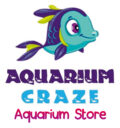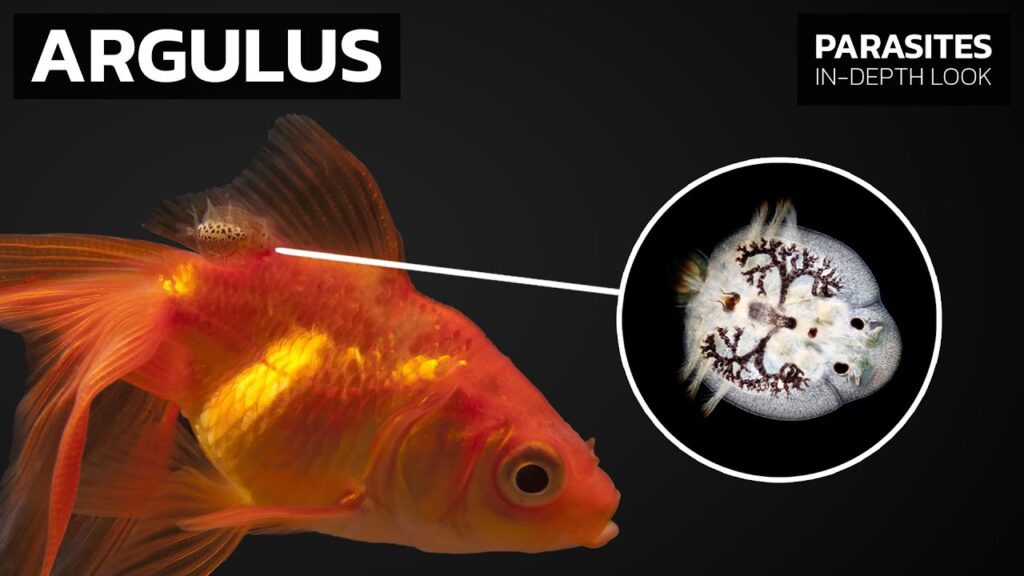Fish Lice Treatment: A Comprehensive Guide
Introduction
Fish lice (Argulus spp.) are a common and highly problematic external parasite that affect both freshwater and marine fish. These parasites can cause significant distress to fish populations, leading to secondary infections, stress, and in severe cases, mortality. Effective fish lice treatment involves a combination of preventive measures, chemical treatments, and biological control methods. This guide provides an in-depth exploration of fish lice treatment options, incorporating essential keywords such as “fish lice prevention,” “Argulus treatment,” “aquarium parasite control,” and “fish health management.”
Understanding Fish Lice (Argulus spp.)
Fish lice are crustacean parasites that attach to the skin, gills, and fins of fish. They feed on blood and tissue fluids, causing irritation and leading to behavioral changes such as erratic swimming and excessive scratching. Identifying an infestation early is crucial for effective fish lice treatment. Common symptoms include:
- Visible parasites on the fish’s body
- Inflamed and ulcerated skin
- Lethargy and loss of appetite
- Increased mucus production
Preventive Measures for Fish Lice
Preventing fish lice infestations is a critical aspect of fish health management. Implementing proper quarantine procedures and maintaining optimal water conditions can significantly reduce the risk of fish lice outbreaks. Key preventive measures include:
- Quarantine New Fish: Always quarantine new arrivals for at least two weeks before introducing them to an existing fish population.
- Regular Water Changes: Maintaining clean water conditions can reduce stress and improve fish immunity.
- Biological Control: Introducing natural predators such as certain species of cleaner fish can help control lice populations.
- Routine Inspection: Regularly check fish for signs of infestation to ensure early detection and treatment.
Chemical Treatments for Fish Lice
Several chemical treatments are available for fish lice eradication, each with specific application guidelines and safety considerations. The most commonly used chemical treatments include:
1. Potassium Permanganate
Potassium permanganate is an effective oxidizing agent used to eliminate fish lice and other external parasites. A bath treatment using 2 mg/L for 30-60 minutes can help reduce lice populations. However, overdosing can be harmful to fish and aquatic plants.
2. Formalin
Formalin (formaldehyde solution) is another widely used chemical treatment. A short-term bath at a concentration of 25 ppm for 60 minutes or a prolonged bath at lower concentrations can effectively eliminate lice. Ensure proper aeration and water monitoring during treatment.
3. Dimilin (Diflubenzuron)
Dimilin is an insect growth regulator that disrupts the molting process of fish lice larvae, preventing them from maturing. It is particularly useful in large aquaculture settings.
4. Salt Baths
Salt baths at 2-3% salinity for 10-15 minutes can help dislodge fish lice. This method is effective for mild infestations and is a safe, non-toxic treatment option.
5. Copper Sulfate
Copper sulfate is another commonly used chemical for external parasite control. The recommended dose is 0.15 ppm in freshwater and up to 1.0 ppm in marine systems. However, copper can be toxic to invertebrates and sensitive fish species.
Biological Control Methods
Using biological controls in fish lice treatment can be an environmentally friendly approach. Some of the most effective biological control methods include:
- Introducing Cleaner Fish: Certain fish species, such as wrasses and gobies, naturally feed on parasites, reducing lice populations in marine environments.
- Predatory Invertebrates: Some aquatic insects and crustaceans prey on fish lice larvae, contributing to population control.
- Using Natural Plant Extracts: Neem and garlic extracts have shown promise in reducing fish lice infestations without harming the fish or environment.
Mechanical and Physical Treatments
In addition to chemical and biological methods, mechanical and physical treatments can help in fish lice eradication. These include:
- Manual Removal: For larger fish, using tweezers or forceps to remove visible lice can be effective.
- UV Sterilization: UV sterilizers help eliminate free-swimming larvae in aquarium and pond systems.
- Increased Water Flow: Improving water circulation can prevent larvae from settling and developing into adults.
Treatment Considerations for Different Fish Environments
Aquarium Fish Lice Treatment
For home aquariums, a combination of chemical treatments and manual removal is typically effective. Ensure that medications used are safe for the specific fish species and aquatic plants.
Pond and Koi Fish Lice Treatment
In outdoor ponds, fish lice treatment often involves a combination of biological control, chemical treatments, and environmental management. Regular pond maintenance, including debris removal and water filtration, is essential.
Commercial Fish Farm Lice Treatment
Large-scale aquaculture facilities may require systemic treatments using approved medications such as Diflubenzuron and emamectin benzoate. Proper dosing and adherence to regulations are critical to preventing resistance and environmental contamination.
Post-Treatment Care and Recovery
After successful fish lice treatment, providing optimal care ensures full recovery and prevents reinfection. Consider the following post-treatment measures:
- Monitor Fish Health: Observe fish behavior and appetite to ensure complete recovery.
- Improve Diet and Nutrition: Providing a balanced diet with immune-boosting supplements can help fish regain strength.
- Regular Water Testing: Maintain water quality parameters such as pH, ammonia, nitrites, and nitrates within ideal ranges.
- Continued Quarantine Measures: Isolate treated fish if necessary to prevent reinfestation.
Conclusion
Fish lice infestations can be detrimental to fish health, but with the right treatment approach, they can be effectively managed. Preventive measures such as quarantine, routine inspections, and proper water quality maintenance play a crucial role in fish health management. Chemical, biological, and mechanical treatments provide multiple options for eradicating fish lice, depending on the severity of the infestation and the type of aquatic environment. By following a comprehensive fish lice treatment plan, fish keepers and aqua culturists can ensure the long-term health and well-being of their aquatic populations.
- 10 Must-Have Aquarium Maintenance Tools You Can’t Live Without!
- Say Goodbye to Fish Lice Forever! The Ultimate Treatment Guide
- Anchor Worms Are Attacking Your Fish! Learn How to Eliminate Them FAST
- Miraculous Betta Fish Fin Rot Treatment – You Won’t Believe How Easy It Is!
- Is Your Fish’s Tail Falling Apart? Discover the Best Fin Rot Treatment That Works!
- Cotton Wool Disease in Fish: Causes, Symptoms & Effective Treatments
- White Spot Fish Treatment: Effective Methods to Protect Your Aquarium
- Effective Dropsy Fish Treatment You Need to Try – Save Your Fish Today!
- How to Set Up a Cichlid Aquarium: A Complete Guide

